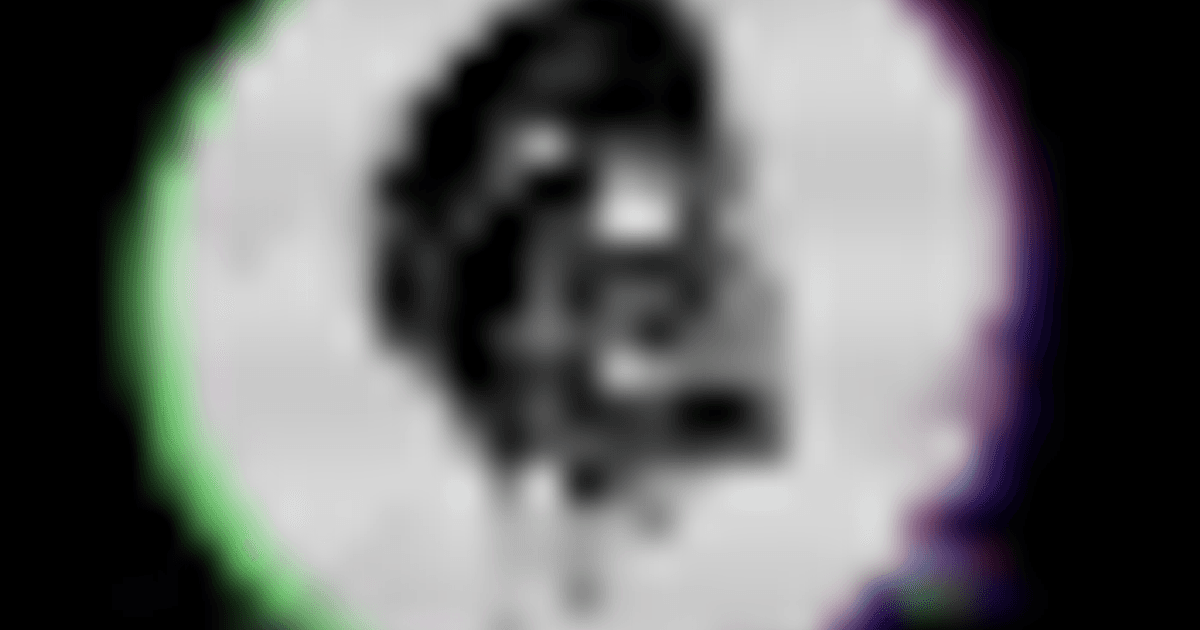Dancing with the Devil – Ryan Coogler Gets Personal in ‘Sinners’ Making-of Featurette

“Sinners came from a very personal place, man.”
Ryan Coogler doesn’t hold back in Dancing with the Devil: The Making of Sinners, the 32-minute featurette that accompanies his latest film on digital and physical media.
The writer-director explains that spending time in Byron, Georgia after wrapping his previous effort, Black Panther: Wakanda Forever, planted the seed for what would become Sinners.
“I saw a cotton plantation. I had never seen the plant before in person, and that experience made me think of my uncle, who was from Mississippi. He grew up in his early times as a sharecropper and eventually fled the state and came to California.”
Coogler continues, “We had a very close relationship. He passed away in 2015 as I was finishing up my second feature film, Creed. He never got to see that movie, and I never really properly mourned that loss.”
While considering ideas for his next film some time later, Howlin’ Wolf‘s “Wang Dang Doodle” came on, which reminded Coogler of listening to blues music with his uncle. “The movie just came to me,” he says. “It kind of all coalesced in that moment.”
He adds, “More than anything, I felt it was an opportunity for me to write a love letter to cinema, to all of the things that I love about going to the movies and watching movies with an audience; that feeling that drove me to want to become a filmmaker.”

“This story is closest to him because I think parts of Smoke, parts of Stack, parts of Sammie are him,” explains Zinzi Coogler, Ryan’s wife and producing partner. Always the first person to read his scripts, Zinzi immediately recognized how personal Sinners was for her husband.
“He just revels in the memories that he has with his big cousins. Those are the men who formulated his ideas about relationships, about taking care of family, and about responsibility, and about manhood in those formative years. Those are stories and memories he’s just latched onto.”
“Sinners came together astonishingly fast,” says producer Sev Ohanian, who’s relationship with Coogler dates back to co-producing his 2013 feature debut, Fruitvale Station. A mere two months after pitching the idea, Coogler had a complete script about twin brothers returning home to leave their troubled lives behind, only to discover that an even greater evil is waiting to welcome them back.
Knowing he needed a team he could trust to pull off the ambitious project, Coogler enlisted many of his past collaborators. “I’m maximizing all the relationships that I’ve formed with all the folks that helped me make those movies, and I’m kind of just cashing it in on this picture,” he says.
He reunited with several of his key collaborators from Wakanda Forever, including director of photography Autumn Durald Arkapaw, production designer Hannah Beachler, costume designer Ruth E. Carter, editor Michael P. Shawver, and composer Ludwig Göransson.
“When I read it, I texted him and I was like, ‘This is amazing.’ I couldn’t put it down,” says Arkapaw. “But anytime I have the opportunity to work with him, I’m excited about it.”
“Getting a call like that is not only a gift,” adds Carter. “It’s more like a mission to tell this story and to bring people into awareness of people in the South who made something out of nothing, who were disenfranchised but created the blues, created beautiful music that has influenced generations and all kinds of genres.”
“This is a family project,” says Göransson. “We’re bringing in the best people in the world to collaborate and make this happen.”

When it came to the dual leading roles of twin brothers Smoke and Stack, Coogler had only one actor in mind: Michael B. Jordan, with whom he worked on all four of his prior films.
“It was a role that I thought only Michael could do,” says Coogler. “So when I brought it to him, it was an opportunity for us to kind of jump off this creative cliff together with no safety net.”
Jordan admits he was nervous when he first heard the pitch. “He picks up the phone and calls and thinks about you for a certain project that’s really, really personal to him, that means a lot to him, and he trusts you to deliver the message, to be a part of that process. You take it seriously, and it means a lot.”
“I think what makes Michael and Ryan’s collaboration so successful is trust, openness. It’s not being afraid to be honest with each other,” Shawver observes. “Through the years, obviously, that trust has grown, and I’ve never seen both of them so locked in.”
With Jordan on board, a global search was launched for an actor who could also pull off the musical demands required for the role of Sammie. Newcomer Miles Caton immediately captured Coogler’s attention with his voice. Caton taught himself how to play guitar for the part, studying blues legends like Muddy Waters, Buddy Guy, and Son House.
“If blues is the backbone for popular music globally, the scary story is the backbone for all storytelling,” says Coogler, who was interested in exploring the irony of an oppressed people maintaining their zest for life through music while also tackling the horror genre.
“My earliest memories of movies and the power of them are sitting in a room full of strangers dark and being absolutely terrified by something that’s happening on screen,” he notes. “All of my favorite filmmakers, they left a dent in that genre somehow. I couldn’t wait to do one one day.”

The New Orleans rain threw the shoot off schedule on more than one occasion, forcing the production to adapt, but the elaborate sets and costumes helped transport the cast and crew into the 1930s as soon as the cameras rolled.
It was Warner Bros. executive Jesse Ehrman who suggested filming in large format, which immediately clicked with Coogler’s vision for his larger-than-life characters.
“We’re gonna show a generation of Americans that are often overlooked, that people feel uncomfortable talking about, people don’t wanna spend time with, but to me, these people from this era are giants,” Coogler explains. “So I was like, ‘It has to be shot on the most epic format.'”
Working with an oversized IMAX camera presented challenges — like pulling off the intricately choreographed, generation-spanning musical number — but the benefits proved to far outweigh any complications.
“When that film camera is rolling, the IMAX camera is rolling, people are really on point,” explains IMAX camera technician Scott C. Smith. “They really try their hardest every take to get everything exactly right, because film is precious.”
“This is a full meal of a movie,” says Coogler. “It’s very balanced. It has all the elements that I love when I’m both watching a movie and when I’m making a movie.” That includes music, stunts, genre bending, and practical effects merged with visual effects.
He confesses, “In many ways, it’s the most important movie I’ve ever made, and it’s straight from me to audiences.”
Sinners is available now on 4K UHD, Blu-ray, DVD, and Digital.

The post Dancing with the Devil – Ryan Coogler Gets Personal in ‘Sinners’ Making-of Featurette appeared first on Bloody Disgusting!.

